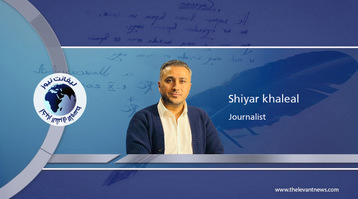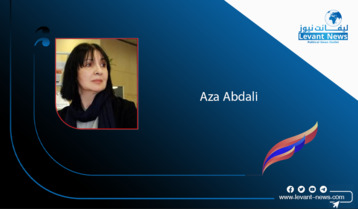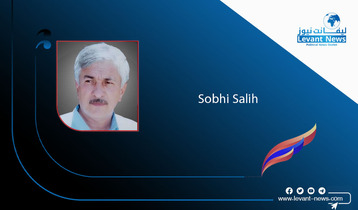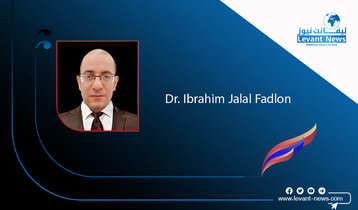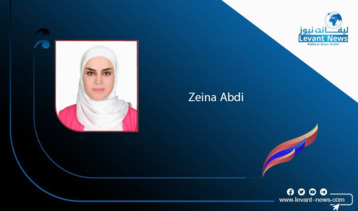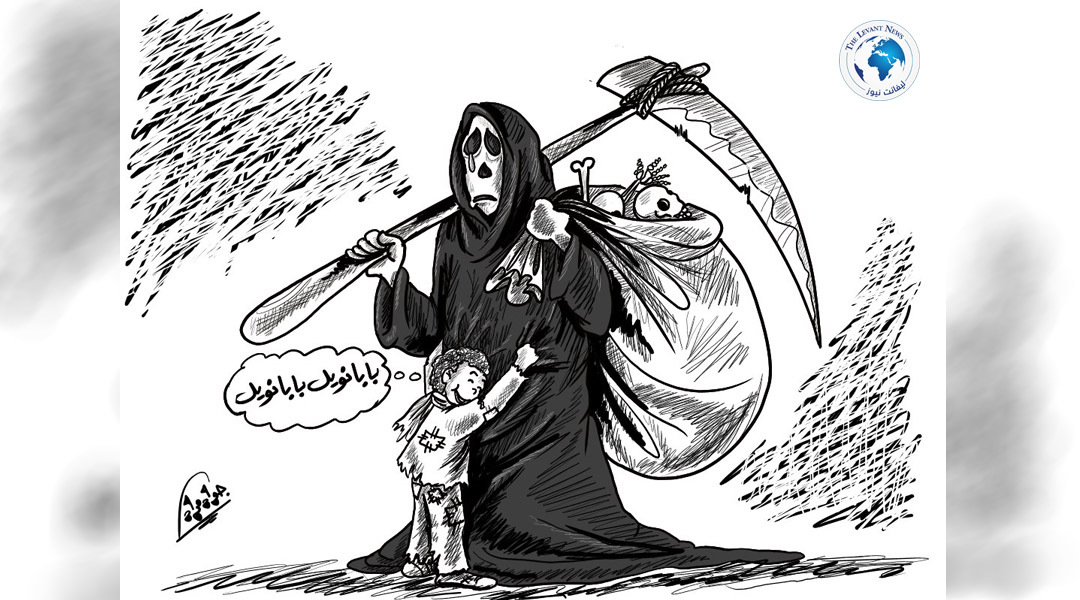-
Joujani: From Al-Qaeda to Authority
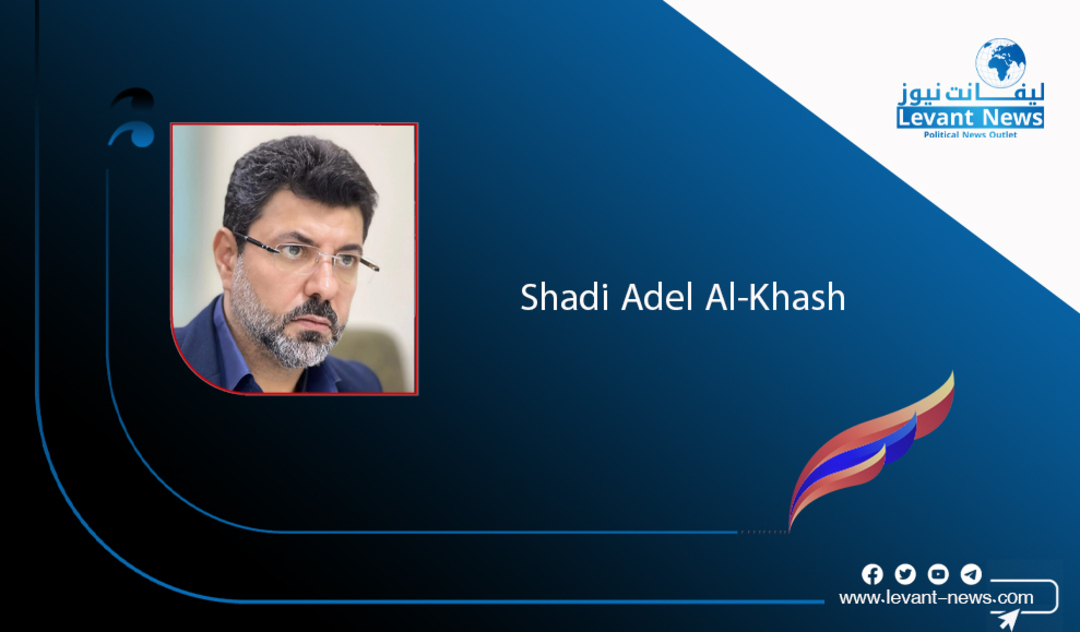
From the heart of a paradoxical world that raises slogans of "values" while governing through the logic of "interest," a unique model has been presented to Syrians: transforming a leader emerging from the core of Al-Qaeda into a head of authority who presents a civilian face and operates with an old ideological apparatus. This transition was not born out of ideological review or social contract, but rather from a cold engineering that allowed the "existential enemy" to become a functional partner, as long as it kept the destruction in check and reassured external actors.
Thus, the narrative of "the war on terrorism" has shifted to "terrorism management," and recycled extremism has become a politically marketable product on the international stage. Afghanistan was not an distant shadow but an "open clause" in this process. From the moment the Taliban took Kabul, international opposition gradually moved from verbal condemnations to communication channels and then to habituation. Other groups learned the lesson: there is no need to change the structure—just soften rhetoric and wear the mask of the state, awaiting gradual acceptance.
In Syria, the experience was mimicked verbatim: a discourse on "stability and combating chaos," a superficial constitutional declaration, and presenting the leader as a "man of the stage" protecting against Iran’s emergencies and the ISIS threat, in a Syrian environment more fragile and complex than Afghanistan and poorer in social base.
On the ground, power was built through mechanisms of domination, not consensus: the void of December 8, 2024, was filled with a temporary security grip, followed by drafting a provisional declaration in Damascus through a committee formed by the very head of the authority. This was not a foundation of legitimacy but a subsequent legalization of a reality imposed by weapons, cloaked in legal language. A hybrid state emerged: institutions with civilian facades and security-centered hearts; councils, limited appointments, and elections that kept decision-making centralized; a judiciary reshaped, operating on a logic of control and loyalty.
Outside the land, "soft whitening" took care of the rest. The story began with tightly produced interviews, a vocabulary about "the constitution and elections," and visual materials highlighting services and markets, systematically erasing records of arrests and disappearance. The leader transformed into an "effective ruler" and a "beacon," completing the cycle when Western think tanks adopted terms like "realism" and "pragmatism." The question then became: how to deal with him? Not: Who is he? And why does he govern? Media shifted from describing reality to fabricating its narrative, providing a psychological bridge for a political approach that justifies its functional recognition.
The American transformation was a pivotal moment: a communicative process since 2019, linguistic flexibility, then covert visits after December 2024, leading up to the issuance of "General License No. 25," as a meaningful economic legalization with political implications: enabling dealings with the de facto government and its entities, as an implicit acceptance that the "formal transformation" is sufficient for re-entry into the financial and political markets. This is not merely a licensing transaction; it is a conditioned recognition engineering that redefines the enemy once it succeeds in controlling chaos.
The region completed the equation: Gulf pressures pushing the "GL 25" process and expanding conditioned funding; Turkey betting on tempering a "milder version" through state and border-economy tools; and a pragmatic Russian coolness accommodating the reality on the ground to reduce losses. Meanwhile, Tehran prefers a calculated “no hostility,” with functional intersections preventing collisions and keeping lines of interests open.
Every actor found something in this new authority to soothe their fears: a barrier against Iran, ISIS, collapse, or vacuum—but no one asked at what institutional and moral cost—what future can emerge when power wears the mask of the law?
The fundamental result is clear for those who look beneath the surface: legitimacy produced from the ability to “maintain security,” not from a social contract; institutions functioning for dependency rather than balance; public security at the core of the regime rather than its shield; and a rentier economy recycling taxes and crossings as tools of power.
Here, dangers multiply: internally, social fragility and silent rejection among elites and conservative circles alike; contradictions within the jihadist community threatening explosion at the first external laxity or economic shock. Regionally, a normalization of “jihadist rotation” policies that re-produce the sins of Afghanistan and Iraq and export tension to neighboring borders.
Internationally, the undermining of the rule of law: if the terrorist classification can be modified by political decision as functions change, what remains of deterrence and justice?
Two large illusions drive this course. The first: the illusion of containment. Experience shows that softening language does not change an enclosed ideological structure; behavioral discipline can be managed among actors, but decision-making remains rooted in "enabling" rather than state logic.
The second: the illusion of stability.
Tags
You May Also Like
Popular Posts
Caricature
opinion
Report
ads
Newsletter
Subscribe to our mailing list to get the new updates!

